Creating a garden that not only pleases the eyes but also indulges the senses is the hallmark of truly immersive landscaping. Among the many elements that elevate an outdoor space, aromatic shrubs stand out as both functional and fragrant. When placed along pathway borders, these shrubs do more than define the lines—they invite visitors to pause, breathe deeply, and connect with nature. In this article, we’ll explore how aromatic shrubs enhance garden pathways and provide a curated list of the best options for different climates, spaces, and styles.
Why Choose Aromatic Shrubs for Pathways?
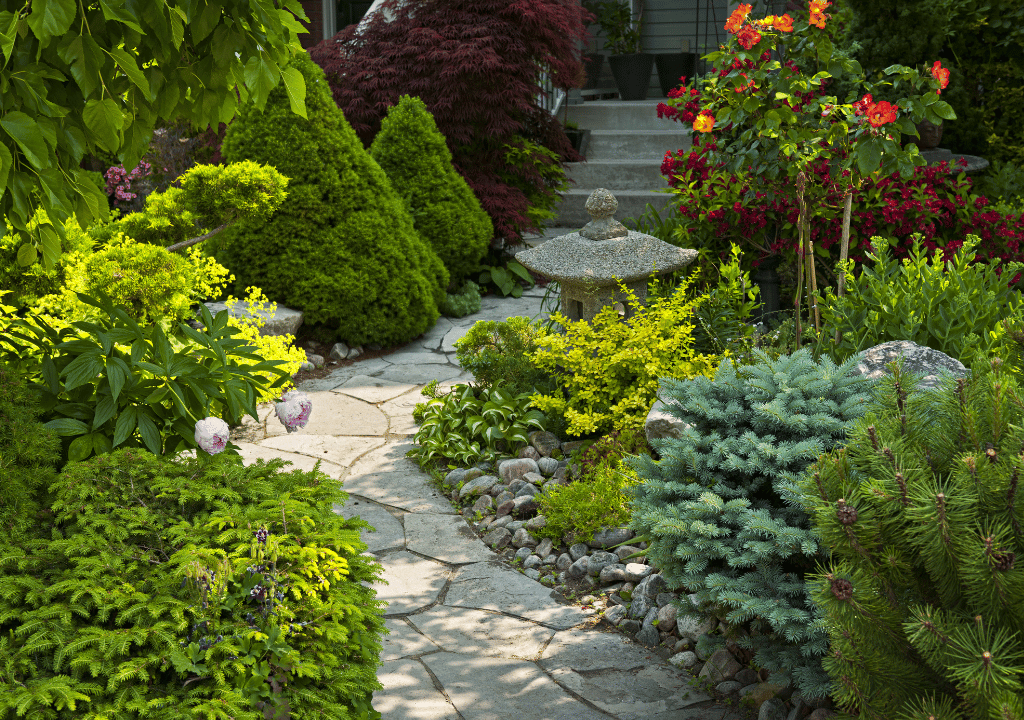
Pathway borders are transitional zones in a garden. They’re the spaces we walk through, often without noticing. By planting aromatic shrubs along these borders, you transform the ordinary act of walking from one space to another into a therapeutic and sensory experience. Here’s why they are worth considering:
1. Sensory Delight
As you brush past these shrubs, their essential oils are released into the air. This subtle release of scent—whether it’s lavender’s soothing notes or rosemary’s spicy fragrance—creates a calming environment.
2. Natural Insect Repellent
Many aromatic shrubs contain compounds that repel mosquitoes and other insects. Lavender, lemon balm, and mint are examples of shrubs that naturally deter pests while attracting pollinators.
3. Low Maintenance and Evergreen Appeal
Most aromatic shrubs are hardy, drought-tolerant, and require minimal maintenance. Many retain their foliage and scent year-round, keeping your borders attractive even in off-seasons.
4. Wildlife Friendly
Aromatic plants like sage and thyme not only smell great but also offer nectar for bees and butterflies. This makes your pathway a living corridor that supports biodiversity.
Planning Your Aromatic Pathway Border

Designing a fragrant pathway involves more than just selecting a few pretty plants. Here are some key considerations for a successful layout:
a. Sunlight and Soil Conditions
Some aromatic shrubs thrive in full sun (like lavender), while others prefer partial shade (like sweet box). Assess the light conditions of your pathway before planting.
b. Height and Spread
Choose shrubs that remain compact or can be pruned easily. You don’t want your pathway to become overgrown or blocked.
c. Seasonal Fragrance
Select a variety of shrubs that bloom at different times of the year to ensure fragrance throughout the seasons.
d. Pairing with Hardscape
Aromatic shrubs pair beautifully with stone, gravel, or wood mulch. Choose materials that contrast with the greenery to enhance visual appeal and scent dispersion.
Top Aromatic Shrubs for Pathway Borders
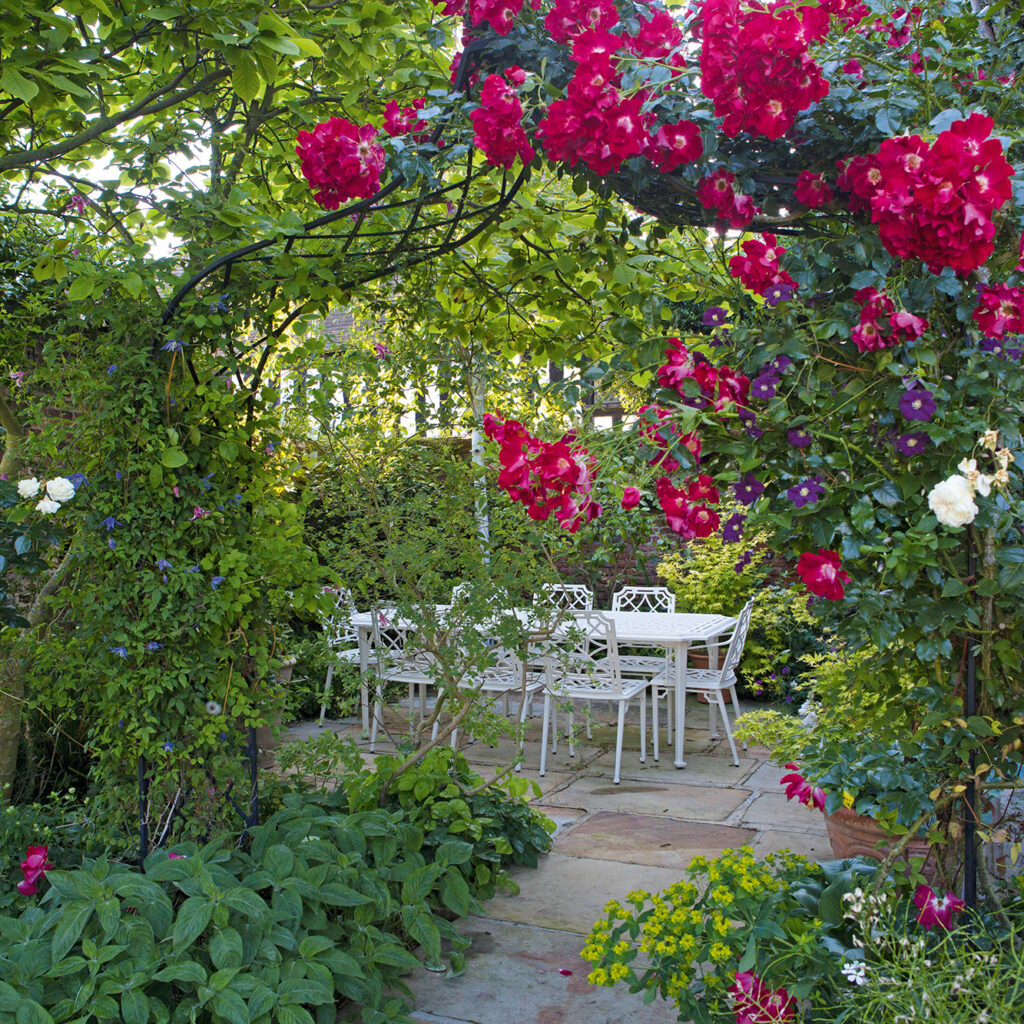
1. Lavender (Lavandula spp.)
- Height: 1–3 feet
- Fragrance: Sweet, herbaceous, and calming
- Best For: Sunny borders in Mediterranean or temperate climates
- Bonus: Deters mosquitoes and attracts bees.
Lavender is a classic choice for pathway borders. Its silvery-green foliage and purple spikes bloom in late spring to summer. Drought-tolerant and easy to shape, it forms tidy mounds that thrive with minimal care.
2. Rosemary (Rosmarinus officinalis)
- Height: 2–4 feet
- Fragrance: Woody, spicy aroma
- Best For: Warm, sunny pathways with well-drained soil
- Bonus: Edible and evergreen.
Both upright and trailing rosemary varieties make excellent borders. Its needle-like leaves release a strong scent when touched, and the small blue flowers add seasonal interest.
3. Sweet Box (Sarcococca confusa)
- Height: 2–3 feet
- Fragrance: Intensely sweet, especially in late winter
- Best For: Shady pathways and cool climates
- Bonus: Blooms when most plants are dormant.
This lesser-known shrub is ideal for shaded walkways. Though its flowers are tiny, they produce a surprisingly strong scent that perfumes the air in late winter and early spring.
4. Lemon Balm (Melissa officinalis)
- Height: 1–2 feet
- Fragrance: Fresh lemony scent
- Best For: Partial shade to full sun
- Bonus: Easy to grow and useful in teas and herbal remedies.
Lemon balm spreads quickly, so it’s perfect for creating lush, aromatic borders. It can be cut back regularly to keep it tidy and fragrant.
5. Daphne (Daphne odora)
- Height: 2–4 feet
- Fragrance: Sweet and floral with citrus notes
- Best For: Partial shade and rich, well-drained soil
- Bonus: Early bloomers, often flowering in late winter.
Daphne is prized for its powerful perfume and glossy evergreen leaves. It needs careful placement, as it doesn’t tolerate root disturbance well, but the payoff is worth it.
6. Thyme (Thymus spp.)
- Height: 4–12 inches
- Fragrance: Earthy, herbal scent
- Best For: Sunny, low-growing borders
- Bonus: Walkable and edible.
Creeping thyme is especially popular for edging paths. Its mat-forming habit and tiny flowers create a living carpet that releases scent underfoot.
7. Mock Orange (Philadelphus coronarius)
- Height: 4–6 feet
- Fragrance: Orange blossom-like, sweet and citrusy
- Best For: Larger pathways with ample sun
- Bonus: Attractive white blooms in late spring.
Though slightly taller than typical border plants, mock orange is suitable for wider walkways or as a fragrant hedge along garden trails.
8. Scented Geraniums (Pelargonium spp.)
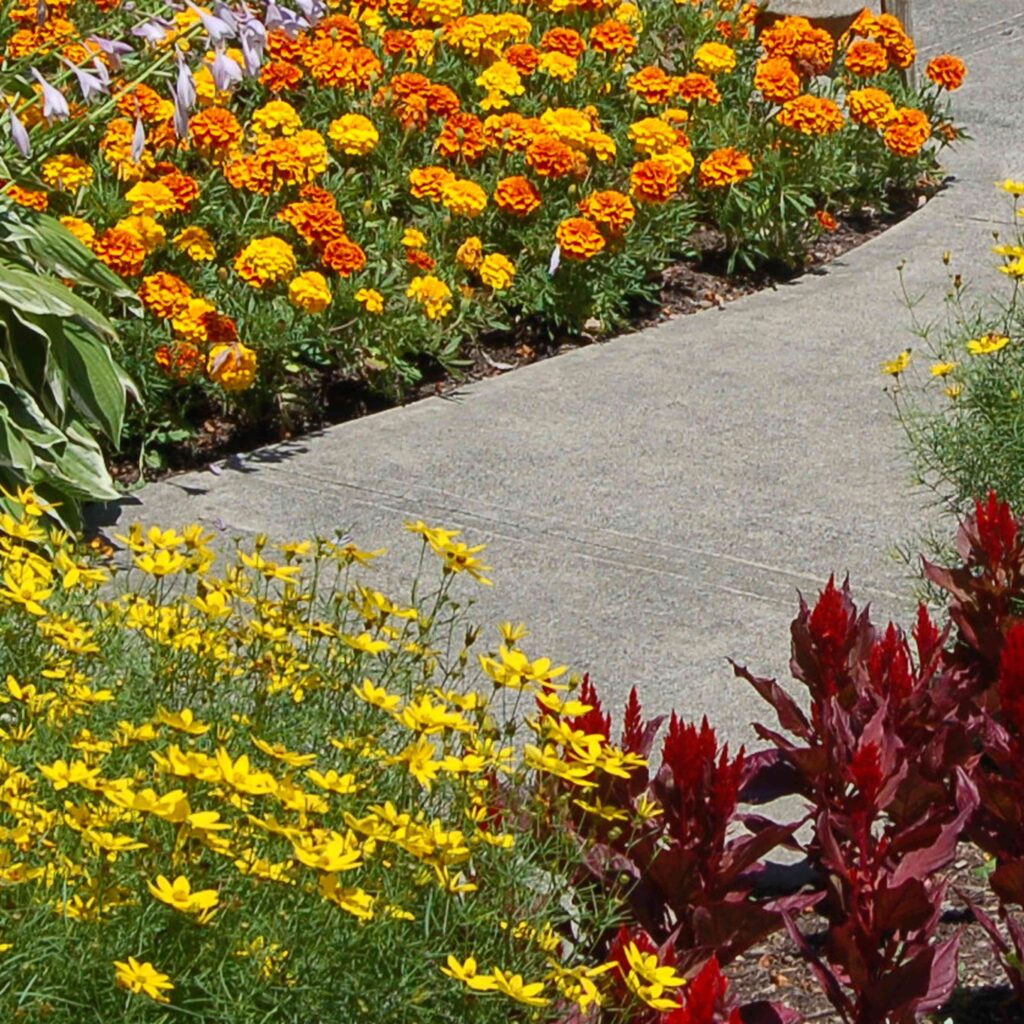
- Height: 1–2 feet
- Fragrance: Varies—lemon, rose, mint, or chocolate depending on variety
- Best For: Containers or warm climates
- Bonus: Highly ornamental foliage and long-lasting scent.
Perfect for movable borders or potted pathway accents, scented geraniums are a fun and creative way to add fragrance variety.
Tips for Maintaining Aromatic Borders
- Regular Pruning: Keeps the shrubs compact and encourages new fragrant growth.
- Deadheading: For flowering shrubs like lavender, removing spent blooms can prolong the blooming season.
- Mulching: Helps retain moisture and prevents weeds without overpowering the plant’s aroma.
- Seasonal Feeding: Apply a balanced organic fertilizer in spring to promote healthy growth and maximum fragrance.
Design Ideas to Elevate Your Pathway
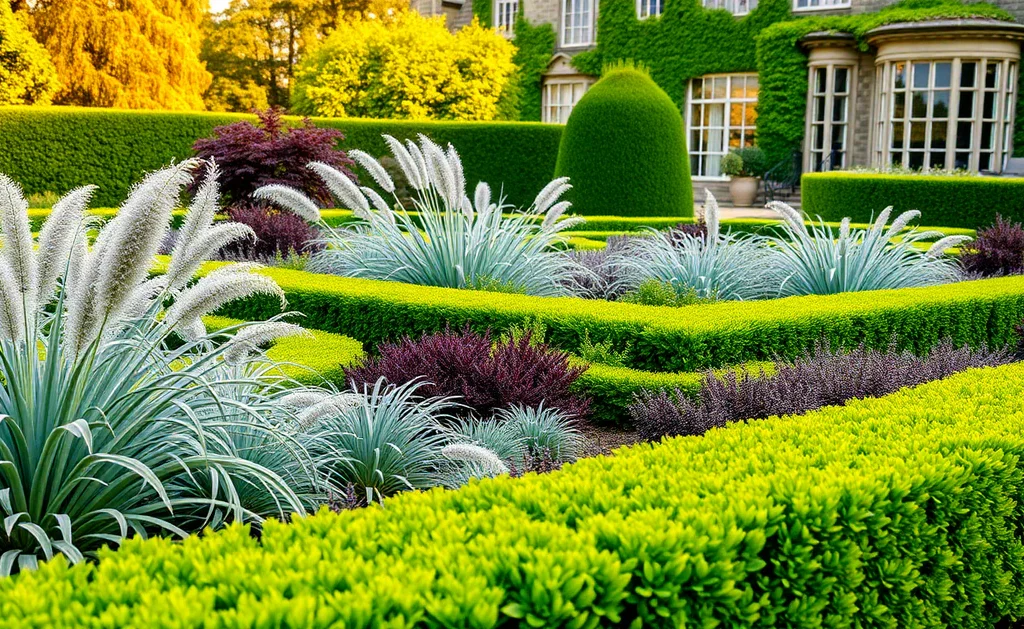
- Mix and Match: Combine evergreen fragrant shrubs like rosemary with seasonal bloomers like daphne for year-round appeal.
- Symmetry and Flow: Use identical shrubs on both sides of the path for a formal look or vary the species for a cottage garden vibe.
- Lighting: Add low pathway lighting to highlight the shape and color of your shrubs at night, enhancing both safety and beauty.
- Integrate with Seating: Place a bench near the most fragrant varieties so visitors can sit and enjoy the aroma.
Conclusion
Aromatic shrubs are more than just border plants—they’re mood enhancers, wildlife allies, and natural perfumers. Whether you’re working with a sprawling estate or a cozy backyard walkway, adding fragrant shrubs to your pathway borders will transform the space into a garden retreat for the senses. Choose a mix of varieties suited to your local climate, plant them with care, and enjoy a fragrant stroll every time you pass by.

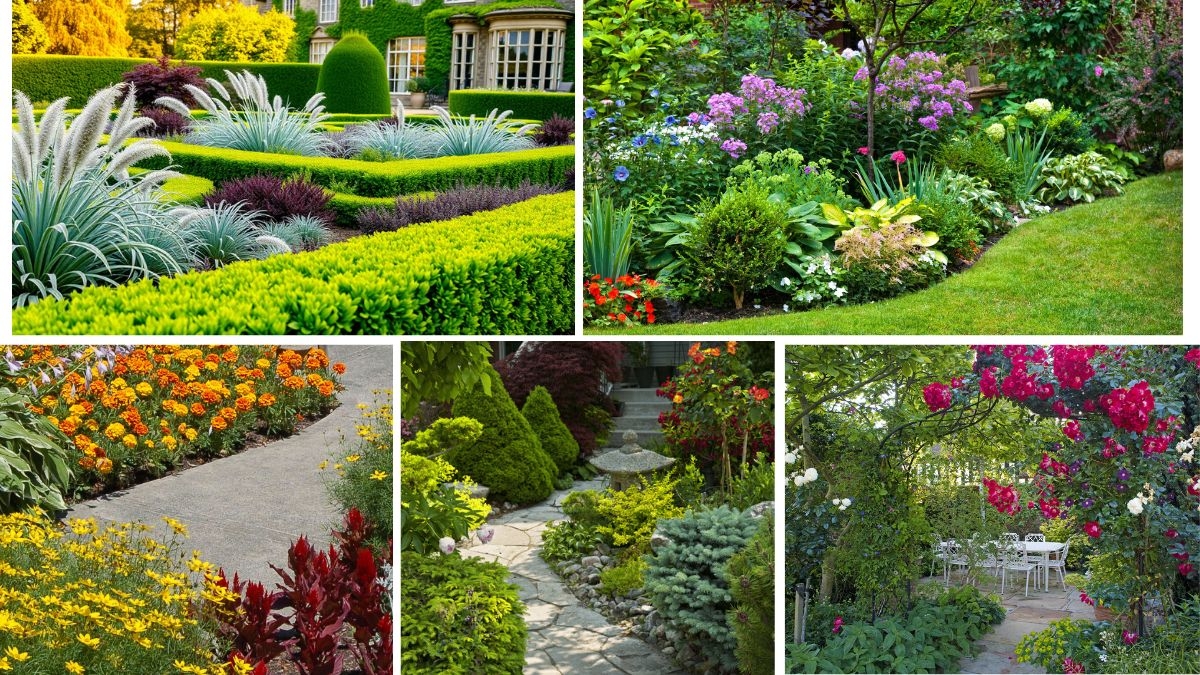



Leave A Comment